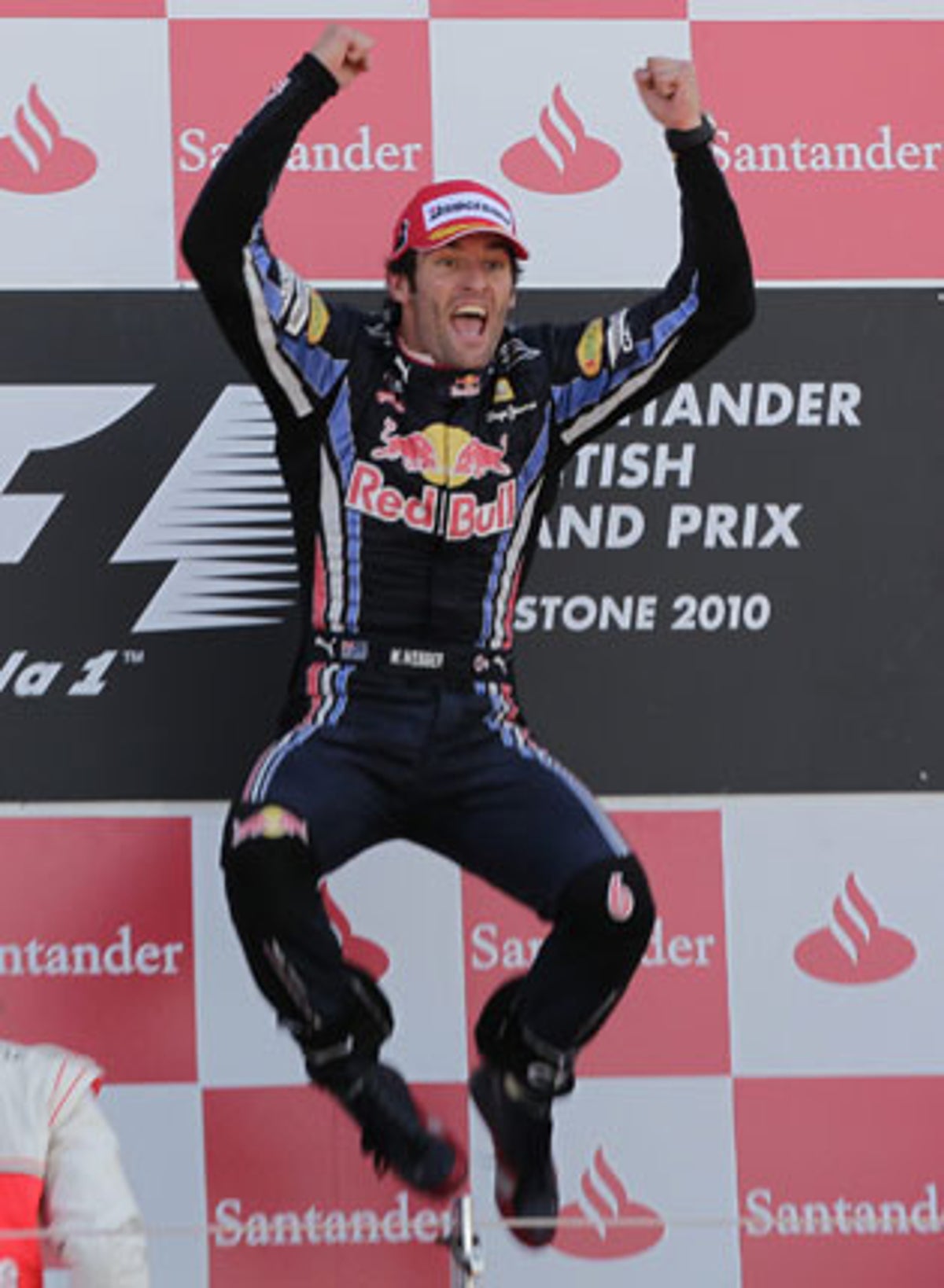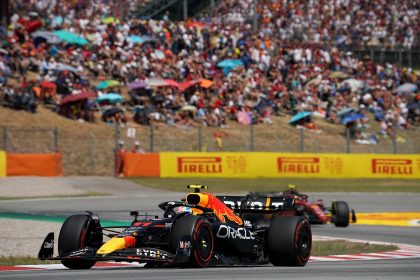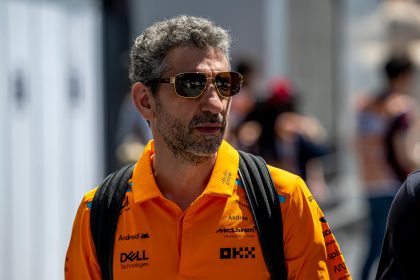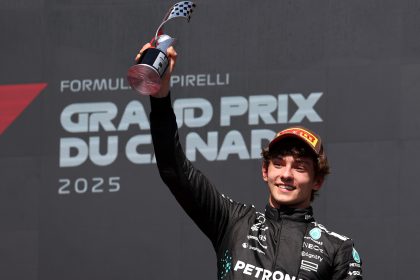There are few things more corrosive in Formula 1 than the suspicion that you are not the architect of your own fate. For Mark Webber, the tall, laconic Australian who spent his prime years at Red Bull Racing, this suspicion was not just a passing shadow—it was a constant companion, a ghost in the garage, a phrase whispered in the paddock and, eventually, immortalized in a radio message that still echoes through the sport:
- The Anatomy of a Number Two
- Silverstone 2010: The Front Wing That Broke the Camel’s Back
- Istanbul 2010: When Teammates Collide
- Multi-21: The Final Straw
- The Second Driver Complex: A Tale as Old as Time
- The Human Cost: Pride, Pain, and the Politics of F1
- Legacy: The Man Who Would Not Bow
- Waste a Bit More Time
Not bad for a number two driver.
Mark Webber
Today, as the second driver complex continues to haunt the grid—ask Sergio Pérez, if you can catch him between PR briefings—it’s worth revisiting the story of Webber, the man who made being “number two” a badge of both pain and pride.
The Anatomy of a Number Two
Formula 1, for all its talk of equality, has always been a monarchy disguised as a meritocracy. Every team has its king, and every king needs a loyal knight—or, more accurately, a squire who knows his place. The second driver complex is as old as the sport itself, but in the modern era, it has become both more subtle and more brutal.
Mark Webber’s journey through the ranks—Minardi, Jaguar, Williams—was a testament to grit and patience. But it was at Red Bull Racing, from 2007 to 2013, that his career became a case study in the psychology of the second driver. Webber was no slouch: 9 wins, 42 podiums, 13 poles, and a reputation for bravery that bordered on the reckless. Yet, from the moment Sebastian Vettel arrived, the writing was on the wall. Or, more accurately, on the front wing.
Not bad for a number two driver.
Mark Webber, British Grand Prix, 2010
The phrase was not just a barb; it was a cry from the heart of a man who knew he was fighting not just his teammate, but the gravitational pull of team politics.
Silverstone 2010: The Front Wing That Broke the Camel’s Back
If you want to understand the anatomy of the second driver complex, look no further than the 2010 British Grand Prix. Red Bull, flush with Adrian Newey’s genius and a car that danced through corners, arrived at Silverstone with two new front wings. One for each driver—until Vettel’s broke in practice. The team, in a move that would become infamous, took Webber’s wing and bolted it onto Vettel’s car.
Webber, never one for subtlety, responded the only way he knew how: by winning the race. His radio message—delivered with the dry sarcasm of a man who has seen too much—became legend. The crowd roared, the press room buzzed, and the myth of the “number two” was cemented.
Read the full race breakdown and Webber’s emotional post-race interview here:
Webber the “number two” driver dominates British Grand Prix
Istanbul 2010: When Teammates Collide
But Silverstone was just the tip of the iceberg. The real rupture came in Istanbul, at the Turkish Grand Prix. Webber and Vettel, running 1-2, collided in a moment of madness that cost the team a certain victory. The aftermath was ugly: accusations, denials, and a team split down the middle.
I’ve had a few hurdles in my career. You judge a person’s character by how they come back from adversity.
Mark Webber, post-Silverstone 2010
The incident was more than just a racing accident; it was a symptom of a deeper malaise. Webber, for all his speed and tenacity, was never quite the golden child. Vettel, younger, faster in qualifying, and—crucially—German, fit the Red Bull narrative like a glove. The team’s subtle (and sometimes not-so-subtle) favoritism became the stuff of paddock legend.
Multi-21: The Final Straw
If Silverstone and Istanbul were the opening and middle acts, Malaysia 2013 was the finale. The infamous “Multi-21” incident—Red Bull’s coded instruction for Vettel to hold position behind Webber—was ignored by Vettel, who swept past his teammate to take the win. The fallout was immediate and public. Webber, his face a mask of fury, made it clear that the trust was gone.
Watch the full breakdown of the Multi-21 controversy and its impact on Red Bull’s internal politics:
YouTube: “Those lap times were UNACCEPTABLE!” Mark Webber and David …
The message was clear: in the high-stakes world of Formula 1, team orders are only as strong as the team’s willingness to enforce them. And when the favored son decides to ignore the script, the second driver is left holding the bill.
The Second Driver Complex: A Tale as Old as Time
Webber’s story is not unique. Formula 1 history is littered with talented drivers relegated to supporting roles. Rubens Barrichello at Ferrari, Valtteri Bottas at Mercedes, Sergio Pérez at Red Bull—the names change, but the script remains the same.
Wanting to leave his role as number 2 is something that another Red Bull driver, Mark Webber, never achieved in 5 seasons.
Motors Inside, 2023
The reasons are as varied as the drivers themselves: sometimes it’s raw speed, sometimes it’s politics, sometimes it’s just bad luck. But the result is always the same: the second driver becomes the yardstick by which the champion is measured, the sacrificial lamb on the altar of team glory.
Read more about the second driver complex and its impact on Red Bull and other teams:
Mark Webber: The other number 2 of Red Bull – Motors Inside
The Human Cost: Pride, Pain, and the Politics of F1
For Webber, the cost was more than just lost victories. It was the slow erosion of trust, the gnawing sense that no matter how hard he fought, the deck was stacked against him. The tension with Vettel, once playful, became toxic. The team, for all its protestations of equality, made its preferences clear in a hundred small ways.
A poignant reflection on Webber’s journey and the toll of F1 politics can be found here:
Mark Webber, one to remember – Cheryl Tay
Maybe the politics was too much for him, maybe he got sick of the environment, maybe he sees no need to stay on anymore. Has he surpassed his peak in F1? Well, he clearly feels that he has overstayed. ‘I have done well to last this long,’ he said.
Cheryl Tay, 2013
Webber’s candor, his willingness to speak truth to power, made him a hero to many fans—and a headache to team management. But it also ensured that his legacy would be more than just numbers on a page.
Legacy: The Man Who Would Not Bow
When Webber finally left Formula 1 at the end of 2013, he did so with his head held high. He moved to the World Endurance Championship, where he promptly won a title with Porsche—proof, if any were needed, that the “number two” label was a fiction imposed by circumstance, not a reflection of talent.
His story remains a cautionary tale for every young driver dreaming of glory. In Formula 1, talent is necessary but not sufficient. You need timing, luck, and—above all—a team willing to back you when it matters. For every Vettel or Hamilton, there is a Webber or Barrichello, fighting not just the stopwatch, but the invisible hand of team politics.
Waste a Bit More Time
If you want to dive deeper into the world of Mark Webber, the second driver complex, and the politics of Formula 1, here are some links worth your time:
- Webber the “number two” driver dominates British Grand Prix
- Mark Webber: The other number 2 of Red Bull – Motors Inside
- Mark Webber, one to remember – Cheryl Tay
- YouTube: “Those lap times were UNACCEPTABLE!” Mark Webber and David …
And if you’re still not convinced that the second driver complex is alive and well, just watch the next time a team tells its drivers to “hold position.” The more things change, the more they stay the same.













